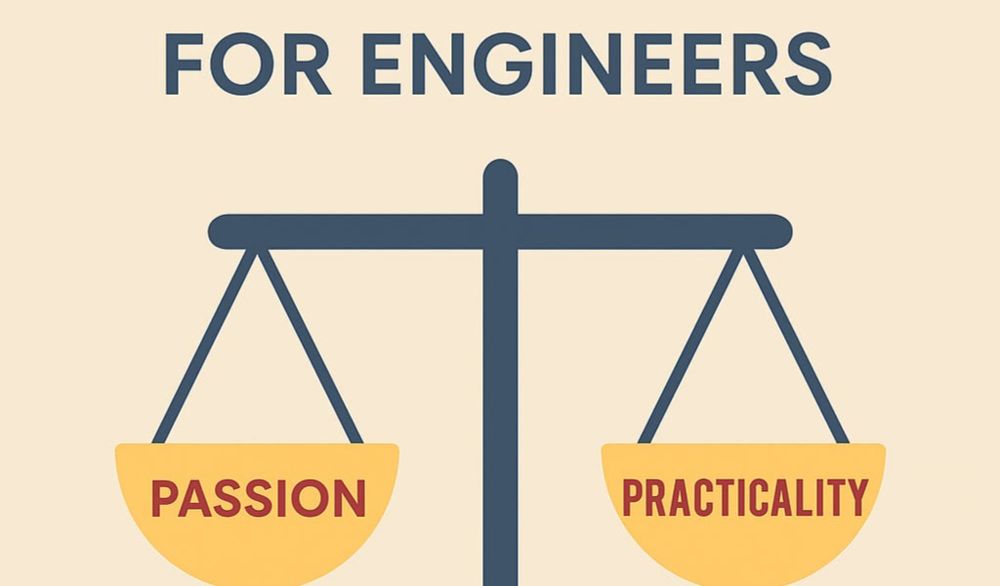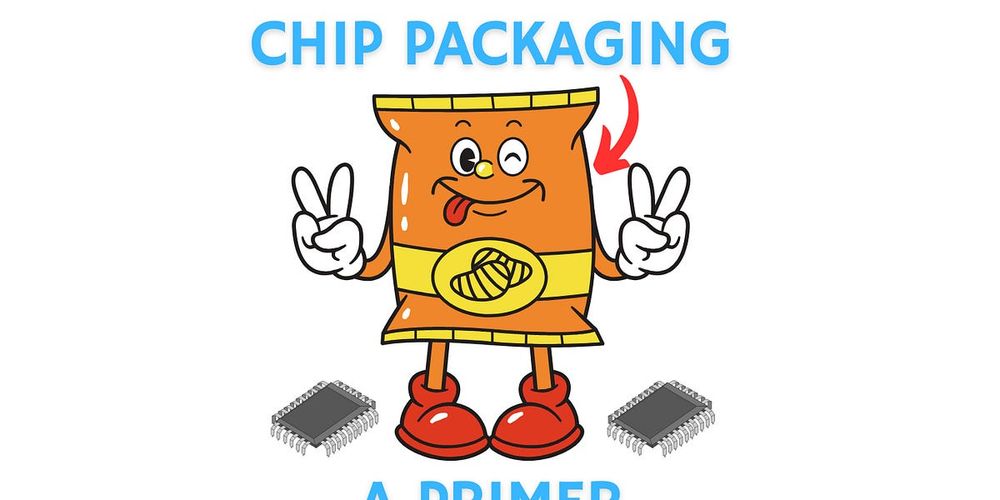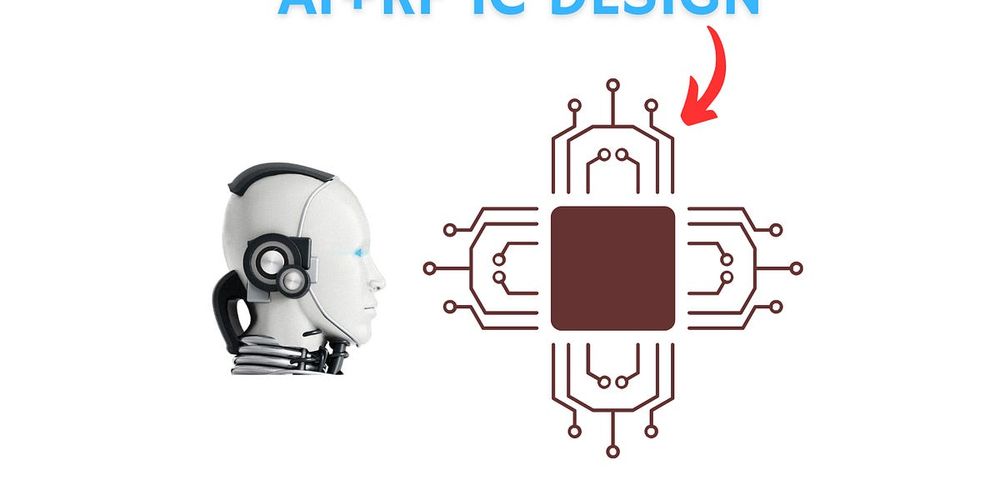For paid subscribers:
→ Parameter counting using Google’s BERT-Base
→ Detailed look at GPT2/GPT3
→ An educated guess at GPT4
→ Speculating on GPT5
→ References
Downloadable Google Sheet you can use to make your own parameter estimates and speculate on GPT-5!
See comment 👇🏽
08.08.2025 05:43 — 👍 0 🔁 0 💬 1 📌 0
For free subscribers:
→ Birth of the Transformer
→ Tokens, Embeddings and Vocabulary
→ QKV, Context Window, and Batch Sizes
→ Attention Calculation Methods
→ Decoder Transformer Architecture
08.08.2025 05:43 — 👍 0 🔁 0 💬 1 📌 0
GPT-5 is here. 🥳 With sloppy graphs, hype and disappointment.
We know it has trillions of parameters, but where does it come from?
Today's deep dive post covers everything you need to know.
You will even make your own GPT-5 estimates at the end of the post.
08.08.2025 05:43 — 👍 0 🔁 0 💬 1 📌 0
1. Your value is the specific problems you can solve
2. The best projects are rarely assigned — you have to find them
3. Know who can say yes (and when they will)
4. Survive high-stakes design reviews
07.08.2025 15:17 — 👍 0 🔁 0 💬 1 📌 0
7-rules for high impact engineering careers:
That no-one ever tells you...
07.08.2025 15:17 — 👍 0 🔁 0 💬 1 📌 0
No way to tell
07.08.2025 15:12 — 👍 0 🔁 0 💬 0 📌 0
Yes true- but over 90,000 people took the survey. Data set is large enough.
07.08.2025 15:05 — 👍 0 🔁 0 💬 1 📌 0
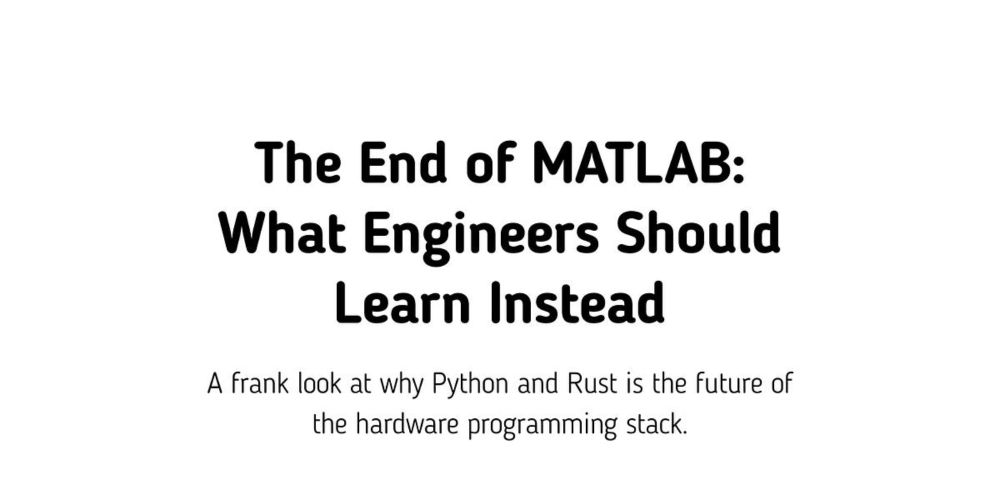
The Decline of MATLAB: What Engineers Should Learn Instead
A frank look at why Python and Rust is the future of the hardware programming stack.
The 2024 Stack Overflow developer survey puts Matlab as the least admired programming language among 50 different ones.
Lower than Cobol, Visual Basic, Prolog and Fortran.
Read full post. 👇🏽
www.viksnewsletter.com/p/the-declin...
07.08.2025 01:54 — 👍 0 🔁 0 💬 1 📌 0
Sometimes, being a little different early on can quietly compound over time.
More thoughts on following your passion vs being practical in your career choice... 👇🏽
05.08.2025 15:23 — 👍 0 🔁 0 💬 1 📌 0
We’re seeing the same thing today. Engineers who explored machine learning a decade ago—before it was mainstream—are now highly sought after.
There’s nothing wrong with choosing a stable path. But when too many take it, it gets harder to stand out.
05.08.2025 15:23 — 👍 0 🔁 0 💬 1 📌 0
The safest path in engineering can also be the most crowded.
Early in my career, I focused on RF while most went into digital design. It wasn’t the obvious choice—but it gave me a differentiator when wireless took off in the early 2010s.
05.08.2025 15:23 — 👍 0 🔁 0 💬 1 📌 0
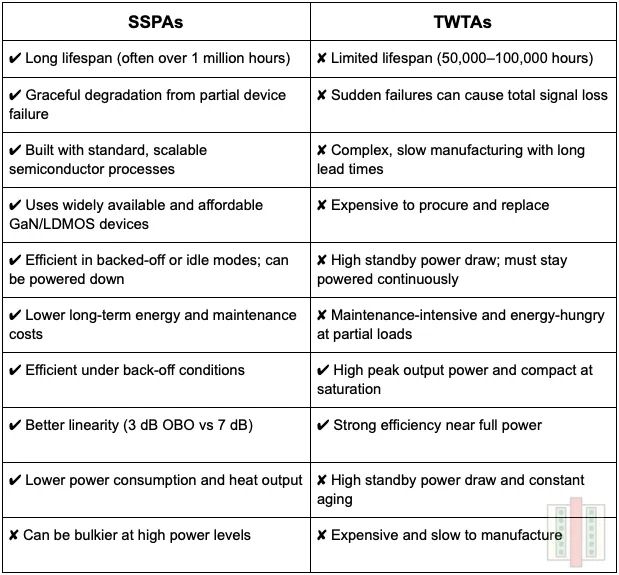
Solid-State PAs vs. Traveling Wave Tube Amplifiers
Pros and Cons. 👇🏽
Tube amplifiers have been the mainstay of power generation in SATCOM.
The efficiency and output power of tubes was unmatched by solid state technology.
Until GaN arrived.
Read more here:
www.viksnewsletter.com/p/why-the-fu...
05.08.2025 04:37 — 👍 1 🔁 0 💬 0 📌 0

🍻 Semi Pub Quiz #1 Answers
With short explanations and further reading materials.
Here are the answers (with questions) to yesterday's pub quiz on my newsletter, along with short explanations 🥂
www.viksnewsletter.com/p/semi-pub-q...
01.08.2025 01:25 — 👍 0 🔁 0 💬 0 📌 0

🍻 Semi Pub Quiz #1
It's hump day, and who says you can't have an online pub quiz.
This week's post is a semiconductor pub quiz! 🍻
How many can you answer?👇🏽
Answers will be published, along with a short explanation and references tomorrow.
So make sure you subscribe to the newsletter to get it in your email.
Good luck!
www.viksnewsletter.com/p/semi-pub-q...
31.07.2025 02:16 — 👍 0 🔁 0 💬 0 📌 0

SATCOM is leaving vacuum tubes behind.
For decades, traveling-wave tubes were the only way to generate >100W RF output.
Enter GaN.
GaN-based SSPAs are now rivaling TWTs — delivering high power, efficiency, and reliability.
Read it here:
www.viksnewsletter.com/p/why-the-fu...
28.07.2025 00:46 — 👍 1 🔁 0 💬 0 📌 0
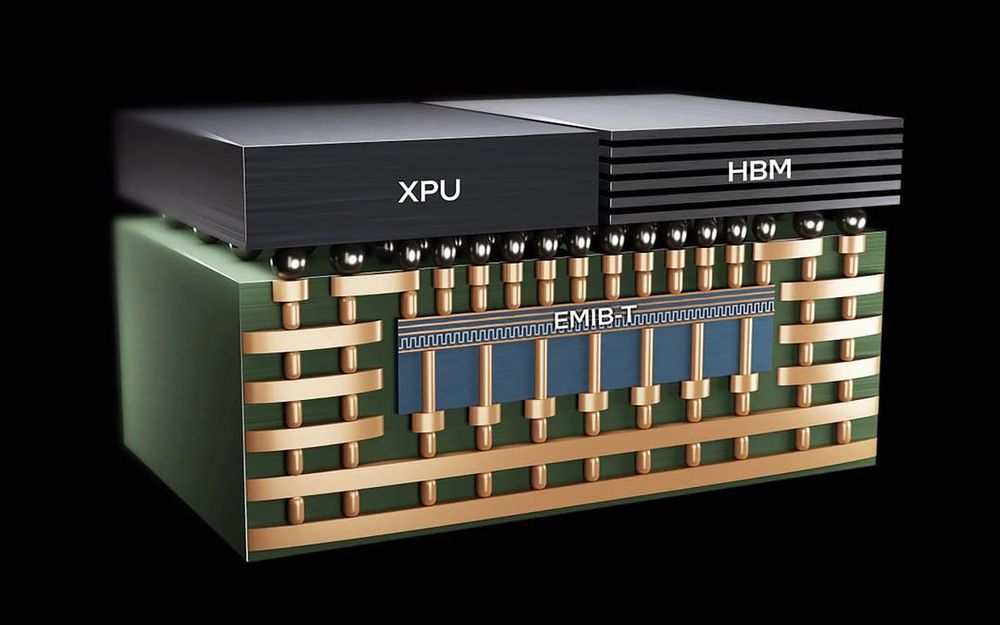
Image
Turns out that you can now put TSVs in EMIBs.
Whoever created this image impresses me more than putting a TSV through a piece of silicon.
Check it more on IEEE Spectrum.
https://spectrum.ieee.org/intel-advanced-packaging-for-ai
12.06.2025 13:35 — 👍 1 🔁 0 💬 1 📌 0
I'm in SF attending the International Microwave Symposium.
If you'll be attending too, let me know. We'll chat at the conference.
If you're in the area and want to grab a beverage, hit me up.
12.06.2025 02:35 — 👍 1 🔁 0 💬 0 📌 0
I'm contemplating a deep-dive post on the role of GaN/SiC for AI data center power.
Along the lines of what Navitas is working on.
Good idea? Or is power not such a big deal at the moment?
11.06.2025 13:35 — 👍 0 🔁 0 💬 0 📌 0
I feel like RF folks tend to randomly throw out numbers like this to justify working on 6G without thinking of whether that kind of data rate is even feasible or practical.
I've explained in a earlier post that 1Gbps is what we will reasonably need in the near to mid- term.
I stand by that claim.
11.06.2025 02:35 — 👍 0 🔁 0 💬 0 📌 0
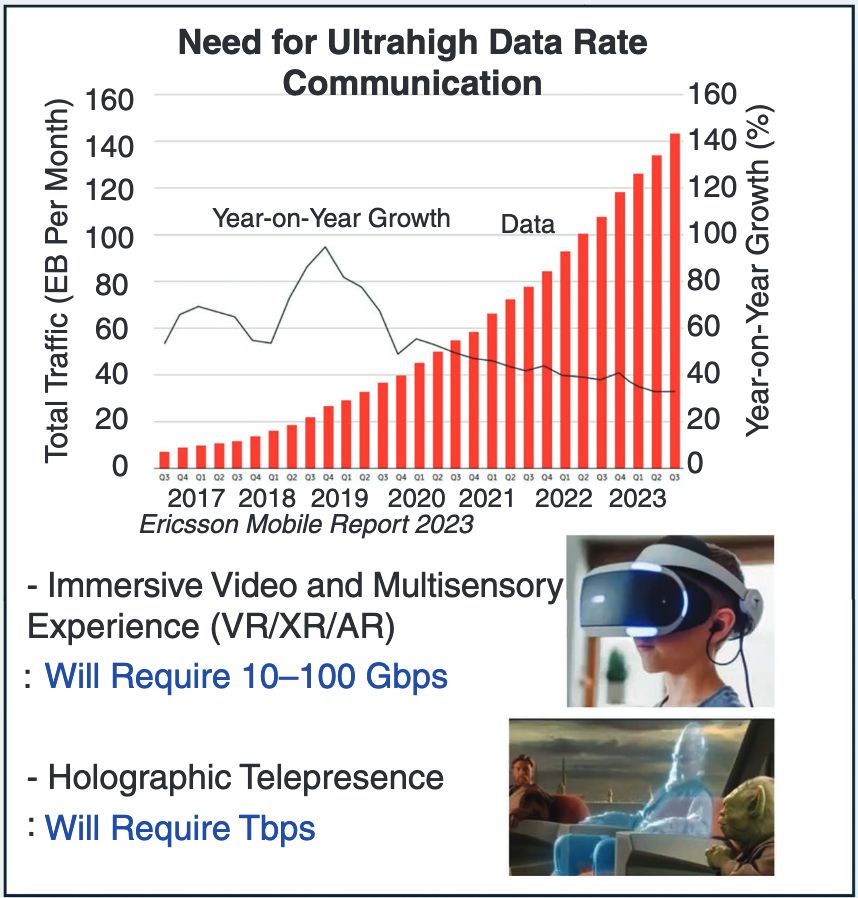
Image
I was reading a paper on use of glass substrates for 6G in the latest IEEE Microwave Magazine
The first chart is how we will need 10-100 Gbps (!) for immersive AR/VR experience!!
11.06.2025 02:35 — 👍 2 🔁 0 💬 2 📌 0
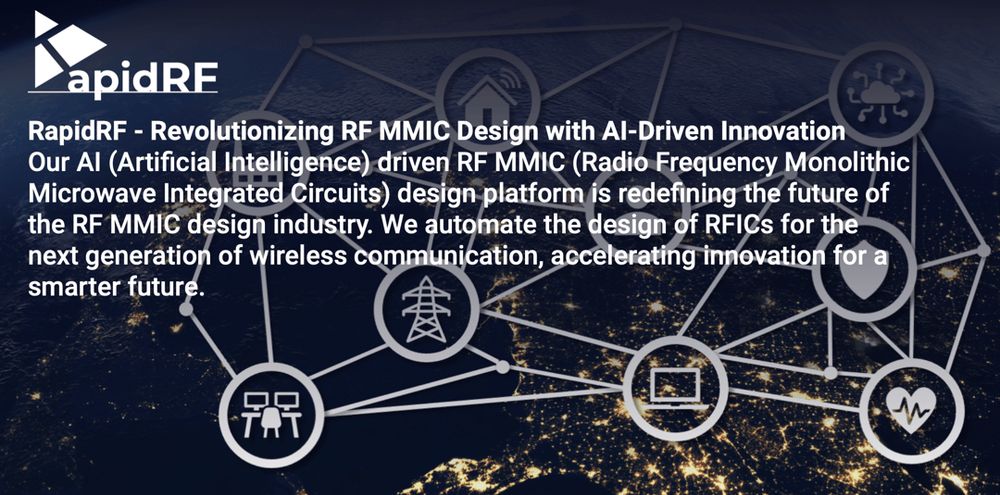
Image
After I posted my article on the use of AI for RFIC design, a founder of a startup just out of stealth contacted me to say how their product does exactly that for MMIC design.
I'll be meeting them at IMS next week to see their demo. Exciting!
If you missed my post on AI for RFIC, link in comments.
10.06.2025 13:35 — 👍 0 🔁 0 💬 1 📌 0
Source: https://arxiv.org/pdf/2504.19878
10.06.2025 02:37 — 👍 0 🔁 0 💬 0 📌 0
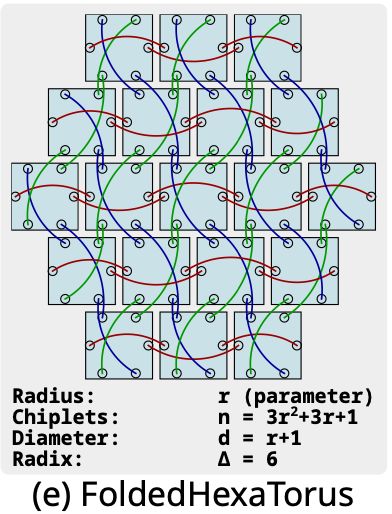
Image
Turns out hooking up chiplets in a honeycomb-ish pattern in an SoC gives the best throughput somehow
10.06.2025 02:35 — 👍 0 🔁 0 💬 1 📌 0

Image
Time to upgrade to USB sticks.
09.06.2025 13:35 — 👍 0 🔁 0 💬 0 📌 0
Computer History and Architecture.
Writes The Chip Letter.
thechipletter.substack.com
A business analyst at heart who enjoys delving into AI, ML, data engineering, data science, data analytics, and modeling. My views are my own.
Welcome to the official account of SPIE, the international society for optics and #photonics. Over the past five years, we have invested over $25M in the international optics community! 💡
Love radios and Integrated Circuits. Also big fan of open source, physical media, public transportation and occasionally photography.
Charlie Demerjian, writer for SemiAccurate and follower of tech. If you are reading this, it is really me, and yes, it is killing me to write a non-snarky profile. *SOB*
Blog @ www.InnoVirtuoso.com | InfoSec, Cyber, AI Enthusiast | I write about Tech and News, AI, BCI, and other IT stuff.
Contact me at 📧 info@innovirtuoso.com
“Tyranny is what is legal for the government but illegal for the people.”.
Anarchist.
Transhumanist.
Solarpunk.
Bitcoiner.
Anti-theist.
Portuguese by birth, Welsh by choice.
I enjoy many things in life but typically use social media to discuss investments. Comments are my personal thoughts and not financial advice.
I write about the semiconductor industry for CRN from the lovely state of Maine. But I post here about a lot of other things, like video games, dad stuff, retro PCs, politics, music and TV shows.
News/features about semiconductors from CRN Senior Editor Dylan Martin. Send tips to dmartin@thechannelco.com or dylanljmartin.81 on Signal. Find my articles here: https://www.crn.com/authors/dylan-martin
I work on a YouTube channel.
Deep insights for the chip industry.
semiengineering.com
Hot topics: semiconductor, EDA, advanced packaging, hardware, low power, HPC, hardware security, automotive chips, embedded, edge computing, semiconductor manufacturing, chip design, VLSI
Physicist, Telecom Engineering lover, HPC Enthusiast. Prog Rock/Metal fan.
---
Independent tech analyst focused on semiconductors, patent analysis and emerging technologies.
Welcome to the Bunker!
OSV | I write about business & investing 🏦 💰, science & technology 🧪🔬, and the arts 👉 http://LibertyRPF.com (free 1x/week, podcast, 27,500+ subscribers)
official Bluesky account (check username👆)
Bugs, feature requests, feedback: support@bsky.app
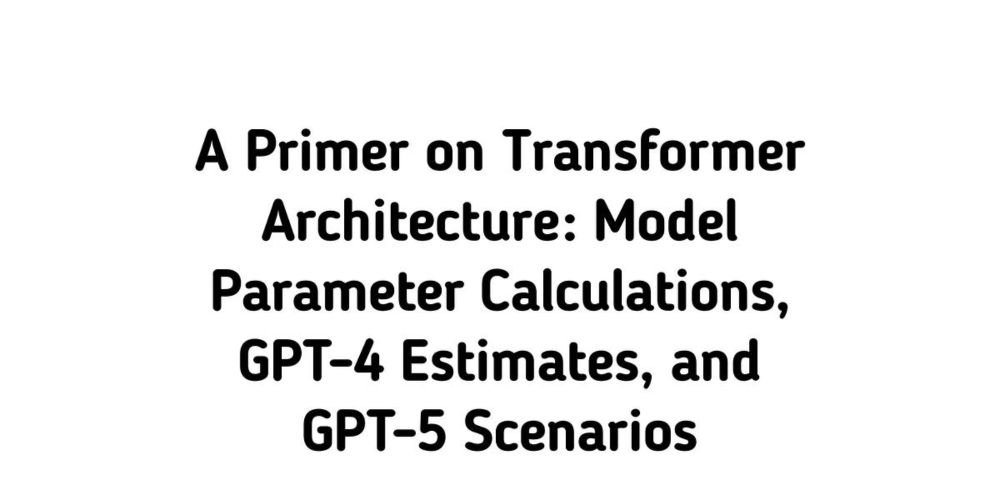 08.08.2025 05:43 — 👍 0 🔁 0 💬 0 📌 0
08.08.2025 05:43 — 👍 0 🔁 0 💬 0 📌 0


